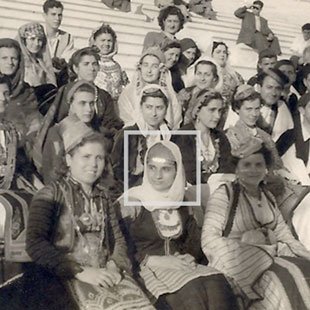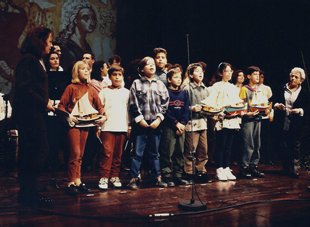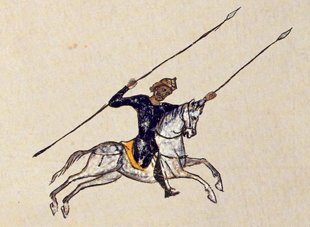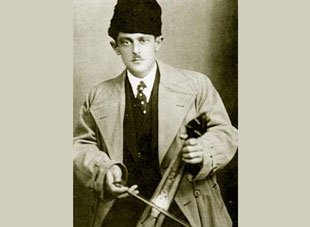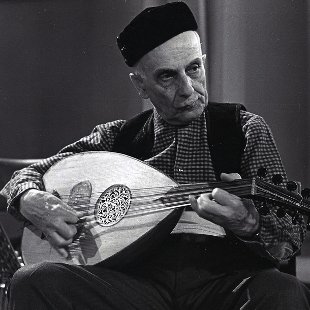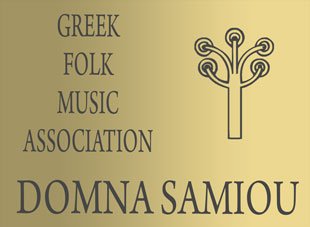You are at: Home page Her Work List of Songs Kondylies
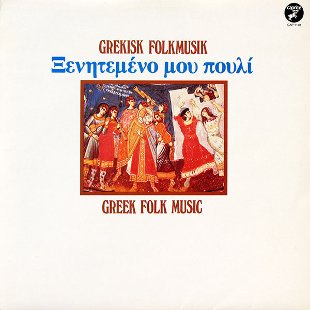
Kondylies

Κοντυλιές
Listen
Lyrics
Sweet bird flown far from home,
I’ve had no peace at all since we parted.
No Cretan far from home should die,
for the soil is heavy
and the tombstone strange.
A thousand blessings on all who hear me,
and one request:
Crete you must never forget.
Birthplace of the brave, glorious Crete,
land of men who know how to live
and how to die.
Translated by Michael Eleftheriou
Original Lyrics
Κοντυλιές
Ξενιτεμένο μου πουλί
Ξενιτεμένο μου πουλί, γοργό μου χελιδόνι,
απ' όταν εχωρίσαμε ο νους μου δε μερώνει.
Ο Κρητικός στη ξενιτιά δεν πρέπει να πεθαίνει
γιατί το χώμα είναι βαρύ κι η πλάκα είναι ξένη.
Χιλιάδες χαιρετίσματα όσοι κι αν με γροικάτε
κι αφήνω σας παραγγελιά, την Κρήτη μην ξεχνάτε.
Λεβεντογέννα Κρήτη μας, Κρήτη μας δοξασμένη
που ξέρει κάθε Κρητικός να ζει και να πεθαίνει.
Information
- Region: Crete
- Type: Cretan Kondylies
- Categories: Immigration Song
- Rhythm: 2 beats
- Duration: 04:24
Collaborators
- Singer: Apostolos Kyriakakis
- Cretan lyra: Apostolos Kyriakakis
- Lute: Petros Athanasopoulos-Kalyvas
- Toumbi: Domna Samiou
Albums
Notes
Kondiliés is a traditional Cretan musical form rooted mainly in the East of the island. Numerous etymologies and even meanings have been suggested for kondiliés, but they all agree on its essence: melodies fast or slow consisting of repeated musical phrases to which mantinádes are improvised and fit by the singer, improvisation is an integral part of the Cretan tradition and a fundamental attribute of an accomplished musician: no skilled instrumentalist would ever restrict themselves to simply reproducing the basic melody, but would improvise instead on both melody and verse to produce music that matches the audience, his and their mood. The instruments heard here are lyre, lute and toubí (small daouli).
The modem pear-and bottle-shaped lyres which are being played in various parts of the Balkans and Asia Minor are believed to have evolved from the Byzantine bowed lyre. Today, the pear-shaped lyre is played i n Crete (being its most emblematic instrument), but also in the Dodecanese, Limnos, Thrace and Macedonia. The Greeks of Istanbul played this sort of lyre, while the Greek inhabitants of the Pontos south coast of the Black Sea used the bottle-shaped instrument also known as kementzés. The lyre has a sound similar to the violin, but it is held differently, against the thigh when the player is seated and against the belly when he is standing. In addition, while violins are made by a professional instrument maker, lyres are often the work of the musicians who play them. A lyre consists of a single sounding chamber (a carved piece of wood), a short neck and just three strings attached to the keys.
The lead melodic instrument, the lyre, is usually accompanied by other instruments such as the lute, daoúli, tsaboúna or mandolin, etc.
The lute is a stringed instrument which, in traditional music, generally accompanies a lyre, a violin or a clarinet. It keeps the lime, allowing the melodic instrument to develop the melody against the meter provided by the lutenist, who must respond to the dancers at all times. It is played throughout Greece but is more prominent in the islands and in Crete, in particular, where it also appears as a solo instrument or along with another lute to form a duo. It is related to the oúti (oud), but has a longer, fretted neck and four pairs of strings, and is played with a quill. The lute family also includes the tabourás and the láfla, also known as the Constantinopolitan lute, which features in some of the tracks of this CD, played by Socrates Sinopoulos, a virtuoso of the instrument.
Miranda Terzopoulou (2018)
Recording information
Studio recording, 1979.

